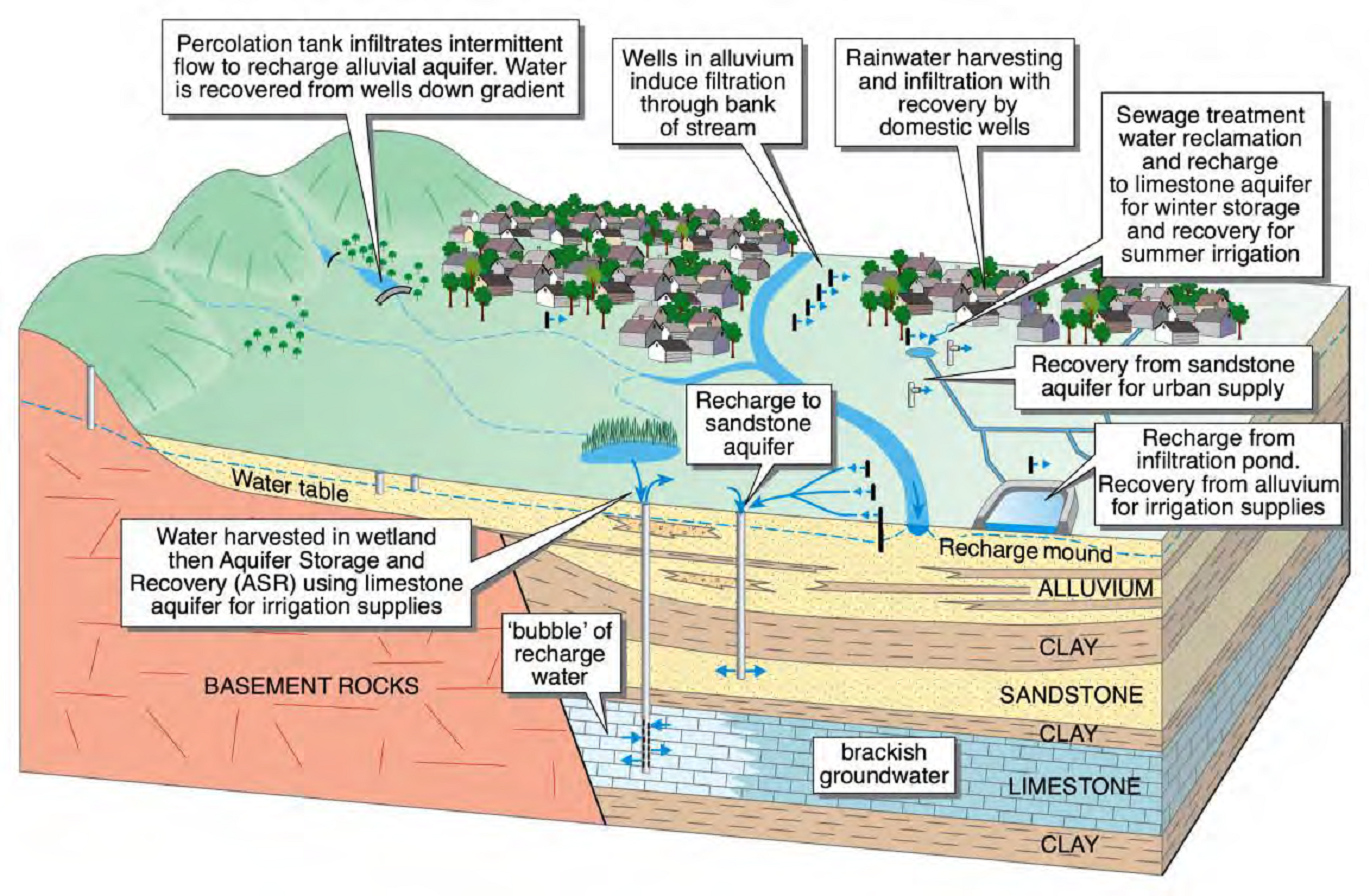How Does Architecture Promote Sustainable Water Management?

Do you ever stop and think about water? Like, really think about it? It's kind of amazing when you do - we need it to live, it covers most of the earth, and it's the ultimate balancing act between conservation and sustainability. But don't worry, we're not about to get all philosophical on you - we're here to talk about sustainable water management practices!
What do we mean by that? Basically, it's all about finding ways to use water more efficiently and responsibly, so that we don't waste this precious resource. Here are a few practices that can help:
1. Rainwater harvesting
This one is exactly what it sounds like - collecting rainwater and using it for things like gardening, watering plants, and even flushing toilets. It not only helps reduce our reliance on municipal water supplies, but it also helps recharge groundwater sources, which can get depleted over time.
How does it work?
- Collecting rainwater from rooftops, gutters, and other surfaces.
- Filtering the collected water to remove any debris or contaminants.
- Storing the water in tanks or cisterns for later use.
2. Greywater reuse
Another way to use water more sustainably is to reuse it whenever possible. Greywater refers to wastewater that comes from things like showers, sinks, and washing machines - it's different from blackwater (which comes from toilets and is much more contaminated).
How does it work?
- Diverting greywater from drains to a separate holding tank.
- Treating the greywater (usually with filters or disinfectants) to remove any contaminants.
- Using the treated greywater for things like watering plants, flushing toilets, or even for laundry (in some cases).
3. Water-saving fixtures
One of the easiest ways to cut down on water use is to install low-flow fixtures - things like low-flow showerheads, faucets, and toilets can all help conserve water without sacrificing performance.
How does it work?
- Installing low-flow showerheads or faucets that restrict water flow without affecting water pressure.
- Choosing high-efficiency toilets that use less water per flush.
- Using sensor-operated faucets and fixtures that only turn on when needed, reducing overall water use.
4. Xeriscaping
Xeriscaping is a landscaping method that uses native, drought-resistant plants and other materials to create a low-maintenance, water-efficient yard. It's a great way to conserve water and save time and money on maintenance.
How does it work?
- Choosing plants that are native to your area and are drought-resistant.
- Using mulch or rocks to retain moisture in the soil.
- Creating a well-designed landscape that minimizes the need for watering and maintenance.
5. Drip irrigation
Drip irrigation is a more targeted way of watering plants, using a network of tubes and emitters to deliver water directly to the base of plants. It's a much more efficient way of watering than traditional sprinklers, which can waste a lot of water due to evaporation and overspray.
How does it work?
- Installing a network of tubes and emitters throughout the garden or landscape.
- Regulating the water flow and pressure to ensure consistent and efficient watering.
- Adjusting the irrigation system based on weather conditions and plant needs.
6. Water audits
A water audit is a thorough evaluation of water use in a building or facility. It helps identify areas where water is being wasted, and can suggest ways to reduce water use and save money.
How does it work?
- Reviewing water bills and usage data to identify areas of high consumption.
- Conducting on-site inspections to identify leaks, inefficiencies, or other issues.
- Developing a plan to reduce water use and improve efficiency, including recommendations for equipment upgrades or repairs.
7. Education and outreach
Finally, one of the most effective ways to promote sustainable water management is simply to raise awareness and educate people on ways to conserve water. This can include everything from public education campaigns to workshops and training sessions for homeowners and business owners.
How does it work?
- Developing educational materials and resources that teach people about water conservation and sustainability.
- Engaging with the community through workshops, events, and other outreach activities.
- Partnering with local organizations and businesses to promote sustainable water management practices.
So there you have it - a few sustainable water management practices that can help us all conserve water, save money, and protect the environment. So go ahead, take a few moments to appreciate this amazing resource - and then do your part to help protect it!
FAQs
Q: How much water can I save with these practices?
A: It really depends on your specific situation - but even small changes can add up to big savings over time. For example, installing a low-flow showerhead can save up to 2.5 gallons of water per minute - which can add up to more than 2,000 gallons of water saved per year!
Q: Are these practices expensive?
A: Some of them can require an upfront investment (like installing a rainwater harvesting system), but many of them are relatively low cost (like installing low-flow fixtures or adjusting your irrigation system).
Q: Do these practices actually work?
A: Absolutely - these are tried and true methods for reducing water consumption and improving efficiency. Many cities and municipalities even offer incentives to encourage homeowners and businesses to adopt these practices!



Post a Comment for "How Does Architecture Promote Sustainable Water Management?"